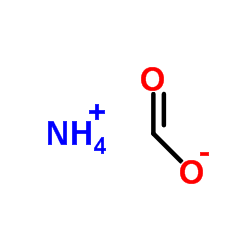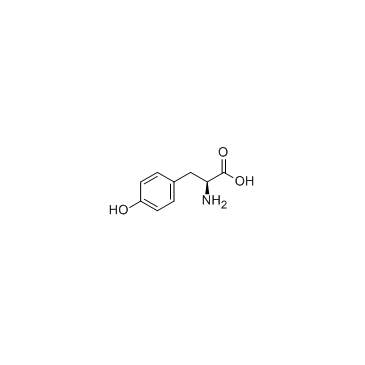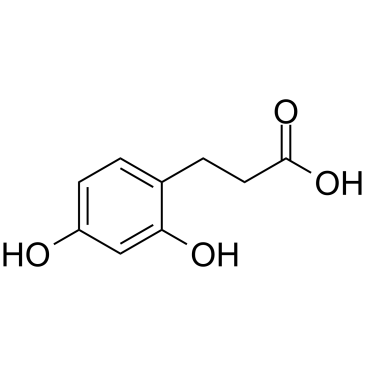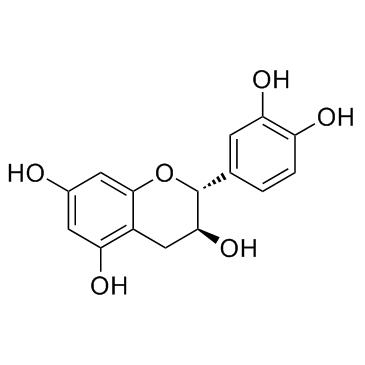| Structure | Name/CAS No. | Articles |
|---|---|---|
 |
Formic acid ammonium salt
CAS:540-69-2 |
|
 |
L-Tyrosine
CAS:60-18-4 |
|
 |
3-(2,4-Dihydroxyphenyl)propionic acid
CAS:5631-68-5 |
|
 |
Catechin
CAS:154-23-4 |